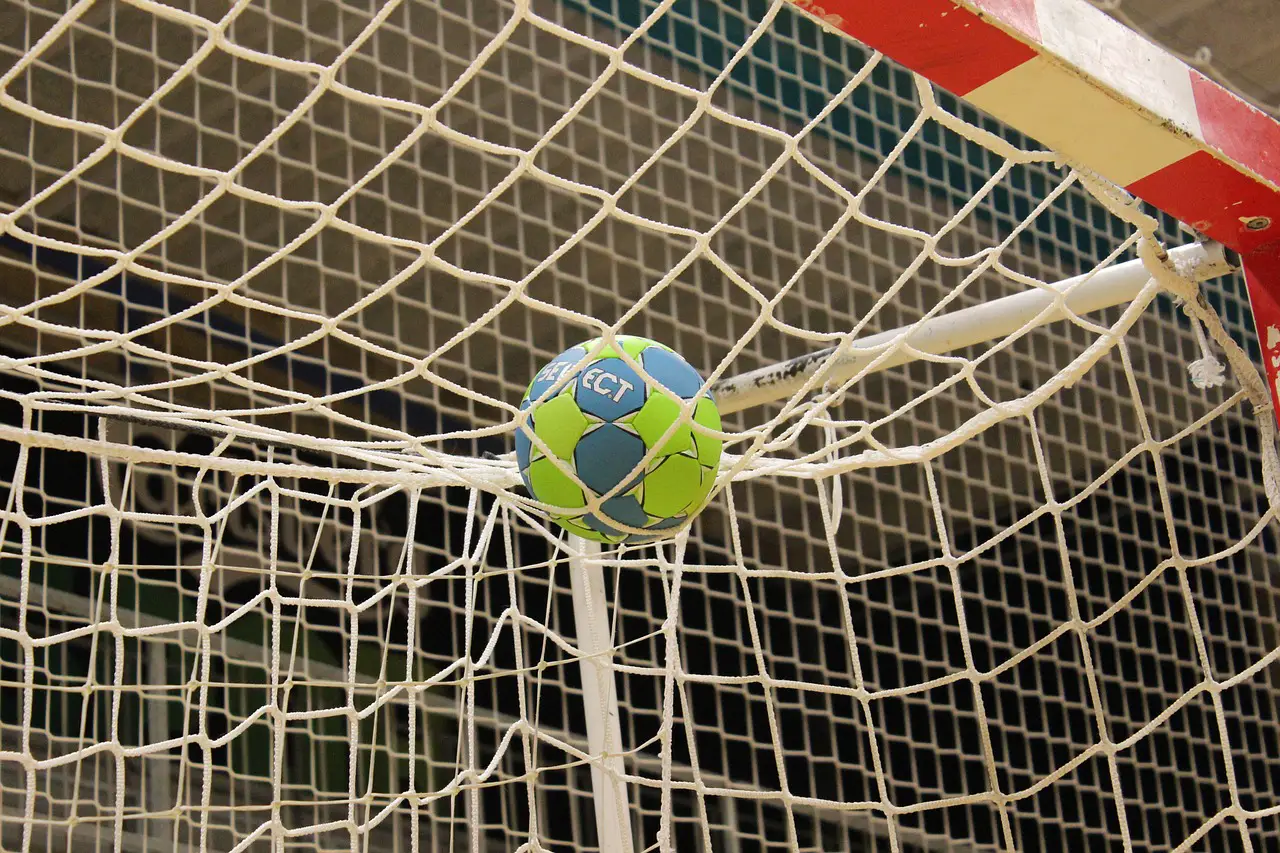The Fascinating History of Handball
Handball is a sport that is beloved by millions around the world. From its humble beginnings to its current status as a major international competition, handball has evolved into an exciting and popular game. But where did this sport originate from? Let’s take a look at the fascinating history of handball.
Early Origins
The earliest recorded mention of handball comes from Scotland in 1427, when it was described as “an exercise with balls”. It wasn’t until the 19th century that the modern version of handball began to emerge, first being played in Denmark and Germany before spreading throughout Europe and beyond. The earliest known rules were established in 1895, when two German physical education teachers drafted what would be known as “the International Rules for Field Hand Ball”.
Modern Development
In 1906, the International Amateur Athletics Federation (IAAF) adopted these rules, making them official worldwide standards for competitive play and leading to rapid expansion of the sport across continents during early 20th century. Since then, numerous modifications have been made to indoor and outdoor forms of handball games over time – including changes such as multiple players per team or larger playing area – which have helped shape our modern understanding of this fast-paced game today!
Conclusion
Handball has come along way since its origins nearly 600 years ago; evolving from an exercise with balls to one recognized by most countries across the globe today! With ever-changing regulations keeping up with modern sports trends, we can expect this beloved game will continue to grow in popularity among fans everywhere for many more years to come!

